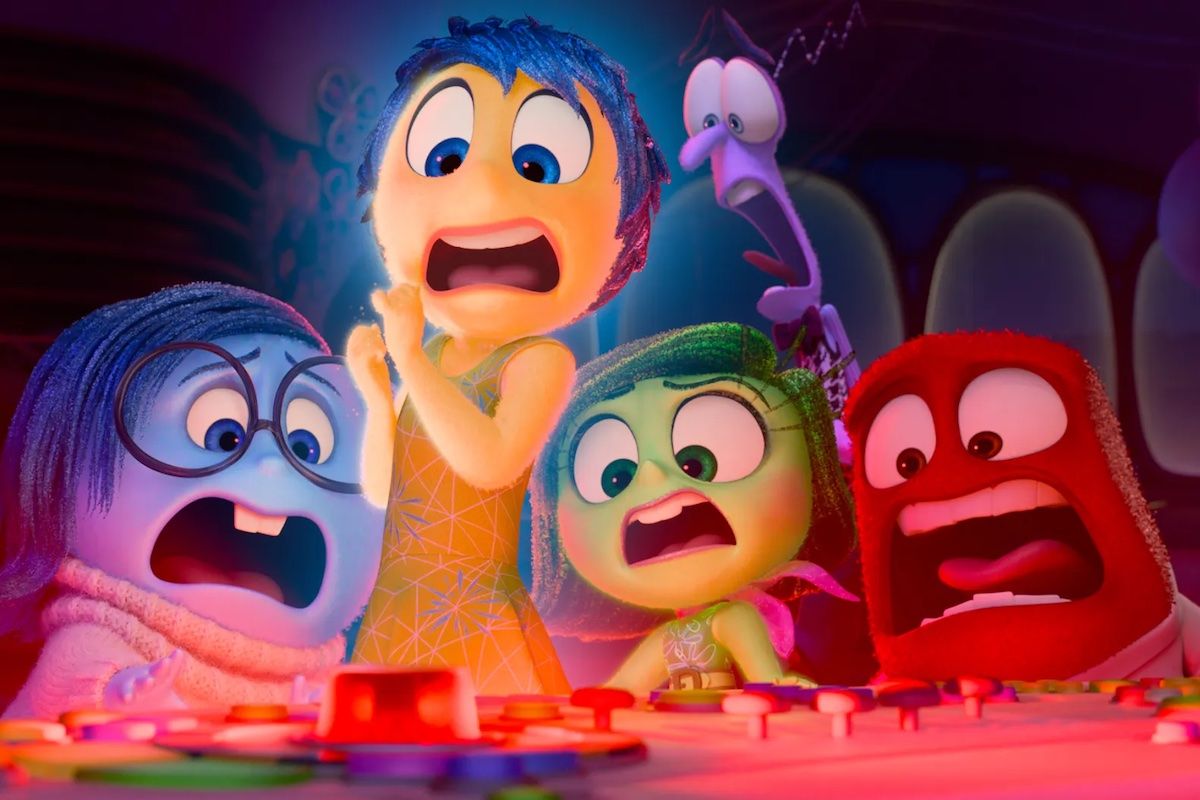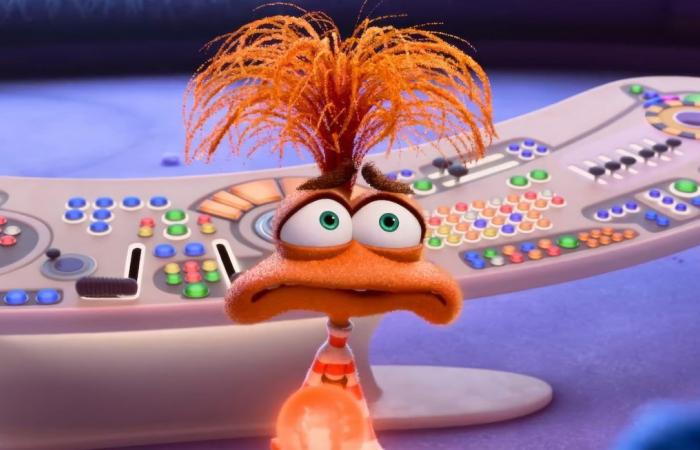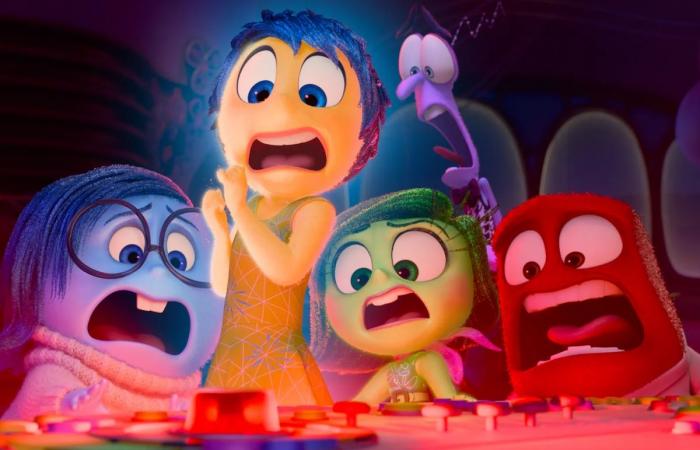Nostalgia timidly appears from a small door in the brain of the now thirteen-year-old Riley, and the other emotions chase her away in a bad way: it’s too early for you, come back in a while. However.
But I saw it Inside Out 2 in a room full of kids more or less Riley’s age, or a little older, who are perhaps the most nostalgic generation ever, they (re)weep a world they have never seen, they sigh in front of the beauty of when they never there were phone screens connecting us all in reality isolating us, singing the poetry of the analogue world – after taking a selfie before the start of the screening, but oh well.
Or at least that’s what the young or very young generation tells us in the newspapers, written by people who are in their third (fourth) age and very nostalgic themselves. In the middle, the other generations – the twenty/thirty/forty year olds: here I am among the last – who were born in the myth of Nostalgia, a capital Nostalgia like the character in the film, a feeling largely anthropomorphised for decades, we are Legend because we are Nostalgia, and Nostalgia is always legendary.
The incredible, but ultimately not so surprising, success of Inside Out 2 even here (almost 17 million euros in six days of programming; more than 700 in the world) tells us that Nostalgia is the only feeling that moves us as a community, all generations together united by a single emotion – or maybe two, but I’ll get to that soon.
At the cinema I always sit in the second or third row, so my experience of the theater, as they say today, is always relative. It’s always like watching the film alone, which as far as I’m concerned is the ideal condition. But I felt behind me those rows and rows of girls and boys (more girls) directing their emotional wave towards those moments that screamed: Nostalgia. Above all: the appearance of broccoli which was crucial in the first film. Right there I felt a unanimous heartbeat pounding through the audience.
I’m not nostalgic and I’m not anxious, so this wouldn’t be the film for me. Because the other key emotion, we are told, is Anxiety, always capitalized because it is – you will have all seen it by now – another character, or rather THE character of this sequel, a bit of a villain without knowing it, a bit ally that we are forced to welcome if we want to become adults. The small detail is that: we don’t want to.
Here too, the newspapers written by the old (here I am, again) tell us that these new generations are very nostalgic and at the same time very anxious, school, performance, bullying, DAD, adolescence interrupted by the pandemic, cyberbullying, likes on social media, therefore the performance again, and then the world of work out there, impossible so get this other load of preventative anxiety (no: Anxiety).
It’s all more complex than that (come on), some reviewers – obviously Americans – who think they are very intelligent, tell us. Anxiety cannot be reduced to a puppet that hyperventilates and pushes ribbon buttons (come on). And even Nostalgia is not a joke to be dismissed by closing the door. Of course it is more complex than that, and I say this as a non-nostalgic and non-anxious person, but it is also true that this simplification of complexity (we live, after all, in a world in which everything is oversimplified: a world for young and very young people, who it’s what even old people want to feel); I was saying, this simplification of complexity seems to me to be the main cause of the film’s success.

Sadness, Joy, Disgust, Fear and Anger in a scene from the film. Photo: Disney/Pixar
Of course, behind it there is one of the writing (and not just animation) masterpieces of the last fifteen-twenty years, therefore, as I was saying, this Taylorswiftic success is not surprising. I remember seeing the first one Inside Out at Cannes in the year of films like Carol, Mad Max: Fury Road, The Lobsterand there was also the very underrated Irrational Man by Woody, and it seemed to everyone the most amazing thing of all. Of course, compared to the other titles mentioned it seems much older today, perhaps because it was an immediate classic, perhaps due to its transgenerational nature. I also remember that, crying in the Salle Lumière, I said to myself, perhaps only unconsciously at the time: “But if we put adults and children on the same level, it’s really the end.” And indeed.
And in fact, in that theater in the center of Milan, one of the very few left, full of girls and boys aged thirteen or slightly older, the other day I asked myself: “How can this film be their stuff?”. And yet it was – it is – just as much as it is for those who were ten, twenty, thirty years old at the time of number 1, and as it will be for those who were not even born.
It was/is that everyone’s broccoli went from being the most disgusting thing that they forced you to eat to madeleine that today makes you shed rivers of tears. He was/is everyone’s 2D dynamite, whose alienating effect wasn’t so much in the “pencil vs. computer”, but in telling the whole room: “The cartoons from when you were little will never come back” (and down crying again).
I wasn’t here to say if Inside Out 2 it’s a good film (of course it is, in defiance of the reviewers who always know better), but to reconfirm that when there are films, stories, when there are emotions that somehow unite everyone (even in making us all find each other , at any age, unprepared for the world of adults), no one pushes Cinema back behind its little door.







